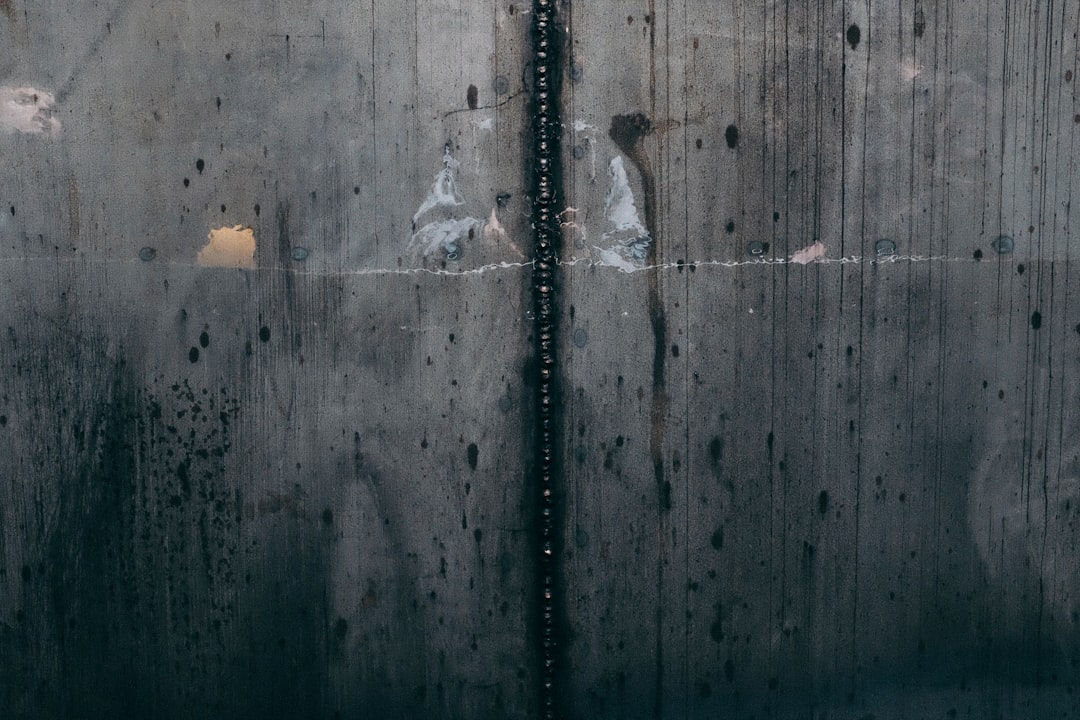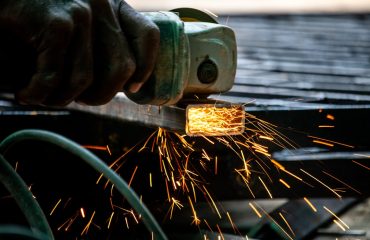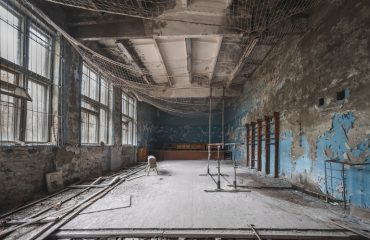Galvanized steel, a ubiquitous material in construction, infrastructure, and manufacturing, owes its widespread use to its exceptional corrosion resistance. This article delves into the science behind this resilience, exploring the process, benefits, limitations, and applications of this robust material.
The Science Behind Galvanized Steel’s Corrosion Resistance
The remarkable corrosion resistance of galvanized steel stems from the protective zinc coating applied to the steel substrate. This coating acts as a sacrificial anode, meaning it preferentially corrodes instead of the underlying steel. This process, known as galvanic protection, relies on the electrochemical properties of zinc. Zinc is more electropositive than iron (the primary component of steel), meaning it readily loses electrons. When exposed to the environment, moisture and oxygen form an electrolyte solution on the surface. In this solution, zinc oxidizes (corrodes) forming zinc oxide and zinc hydroxide, creating a protective layer that prevents further corrosion of the underlying steel.
This protective layer is not a static barrier; it continuously regenerates itself as long as sufficient zinc remains. Even if the coating is scratched or damaged, the exposed steel is still protected by the surrounding zinc, ensuring continued corrosion resistance. The thickness of the zinc coating directly impacts the lifespan and effectiveness of the galvanic protection.
The Galvanization Process: Creating a Protective Shield
The process of galvanizing steel involves applying a layer of zinc to the steel surface. Two primary methods are commonly used: hot-dip galvanizing and electrogalvanizing. Hot-dip galvanizing, the most common method, involves immersing the steel into a molten zinc bath at around 840°F (450°C). This process results in a thicker, more durable zinc coating, offering superior corrosion protection. Electrogalvanizing, on the other hand, involves electroplating the steel with zinc using an electrolytic process. This method produces a thinner coating, typically used for applications where a thinner, more uniform coating is desired.
The choice between hot-dip and electrogalvanizing depends on the specific application and the required level of corrosion protection. Hot-dip galvanizing is preferred for applications demanding high durability and long-term protection, while electrogalvanizing is suitable for applications requiring a smoother finish or thinner coating.
Applications of Galvanized Steel: A Wide Range of Uses
The versatility and corrosion resistance of galvanized steel make it suitable for a vast array of applications across various industries. In construction, galvanized steel is extensively used for roofing, siding, structural components, fencing, and guardrails. Its resistance to rust and degradation ensures the longevity of these structures, reducing maintenance costs and extending their lifespan. In the automotive industry, galvanized steel is used in body panels and chassis components, contributing to the vehicle’s durability and corrosion resistance.
Other applications include pipelines for transporting water, gas, and other fluids, where its corrosion resistance prevents leaks and ensures safe operation. It’s also used in manufacturing appliances, storage containers, and various other products requiring robust and durable materials. The wide range of applications underscores the importance of galvanized steel’s exceptional properties.
Limitations of Galvanized Steel: Understanding its Weaknesses
While galvanized steel offers excellent corrosion resistance, it’s crucial to understand its limitations. The protective zinc coating can be compromised by certain environments, such as highly acidic or alkaline conditions. Exposure to strong chemicals can also degrade the zinc coating, diminishing its protective properties. Furthermore, the galvanic protection offered by zinc is less effective in areas with limited oxygen exposure, such as crevices and joints. Proper design and installation are crucial to mitigate these limitations.
Another limitation is the potential for hydrogen embrittlement in high-strength galvanized steel. This phenomenon occurs when hydrogen atoms are absorbed into the steel during the galvanizing process, making it brittle and prone to cracking. Careful control of the galvanizing process and selection of appropriate steel grades are crucial to minimizing this risk.
Galvanized Steel vs. Other Corrosion-Resistant Materials: A Comparative Analysis
Compared to other corrosion-resistant materials, galvanized steel offers a compelling balance of cost-effectiveness and performance. While stainless steel provides superior corrosion resistance, it’s significantly more expensive. Other coatings, such as powder coating or paint, offer protection but are less durable and require more frequent maintenance. Galvanized steel provides a robust, long-lasting solution at a competitive price point, making it a preferred choice for many applications.
The choice of material depends on the specific application requirements and environmental conditions. Factors such as cost, desired lifespan, and exposure to aggressive chemicals should be considered when selecting the appropriate material for corrosion protection.
In conclusion, galvanized steel’s exceptional corrosion resistance, stemming from the sacrificial protection of the zinc coating, makes it a vital material in various industries. Understanding its advantages, limitations, and applications allows for informed decision-making in selecting materials for projects demanding long-term durability and protection against corrosion.




